Subscribe to our ▶️ YouTube channel 🔴 for the latest videos, updates, and tips.
Home | About Us | Contact Us | Privacy | Math Blog
Types of Lines
In geometry, there are mainly two types of lines such as straight lines and curved lines. These lines in geometry play an important role in constructing different types of figures. These figures have something in common, that is, all the figures are drawn using different lines. So, we can say that lines are the foundation of geometry.
Point -
If we press the tip of pencil on paper we get a point. A point does not have length breadth or thickness. Now, take a sheet of a paper and a sharpened pencil and make a point on the paper. The points show definite position and are denoted by dot (•).
Lines -
When we move our pencil across the paper, we get a line. The line can be 'straight' or 'curved'.
What are the different types of lines?
There are two different kinds of lines. (i) Straight line and (ii) Curved line.
All plane shapes are made up of straight or curved lines or combination of both.
There are two different kinds of lines.
1. Straight line:
We use a ruler to draw straight lines. Straight lines can be horizontal, vertical or slanting. A straight line can be draw between two points. Straight lines are shown below.
2. Curved line:
Curved lines are shown below.
1. Straight Lines:
There are three different types of straight lines. (i) Horizontal lines, (ii) Vertical lines and (iii) Oblique or slanting lines.
Straight lines can be drawn horizontally, vertically and slanting.
Observe the edge of this page. Place a ruler along its edge. All its edges are straight line. Straight lines may be drawn in different directions and are given three names. There are three different types of straight lines:
(i) Horizontal lines: The lines drawn horizontally are called horizontal lines.
or, lying down lines are called horizontal lines.
(ii) Vertical lines: The lines drawn vertically are called vertical lines.
or, standing up lines are called vertical lines.
(iii) Oblique or slanting lines: There are also straight lines that are slanting or oblique lines.
The lines drawn in a slanting position are called oblique or slanting lines.
The explanations on different types of lines will help the kids to understand the difference between the straight lines and the curved lines and how the lines are drawn in different directions in geometry.
A line is formed when a line segment is extended on both the sides.
In the above figure, line segment XY has been extended beyond points X and Y. So, we get line XY and it is written as ↔XY.
A line does not have a starting or an end point.
Look at the lines shown below.
Lines MN, OP and QR are straight lines.
Line MN is called a vertical line, line OP is called a horizontal line and the line QR is called a slanting line.
In other words, ↔MN is a vertical line, ↔OP is a horizontal line and ↔QR is a slanting line.
Drawing a Straight Line
A straight line can be drawn with the help of a ruler and a pencil.
Let us see how.
Put a ruler on a piece of paper and hold it firmly with one hand. Hold a pencil in the other hand and move it along the edge of the ruler. Remove the pencil and ruler. The pencil mark on the paper is a straight line.
2. Curved Lines:
It is an object similar to line but not straight.
We use some curved objects to draw curved lines such as grass, cone, cylinder etc. If we join two points without a ruler, we can join them in many ways.
This will form different curved lines. After drawing a curved line between two points, if we continue on different path on same points we will get closed shape.
Line Segment -
The part of a straight line between two points is called a line segment. In the figure look at the points A and B. A straight line is passing through but only the part of line lying between A and B is line segment. A line segment has two end points. It's length can be measured.
Note: Only one straight line can pass through two points.
To measure a line segment, follow these following steps.
• Take a ruler and put it on the given line segment. e.g. AB
• Read the number at points A and B. The difference between these numbers will be the length of AB.
Let us understand the lines with an activity.
Andrew wanted to understand the straight lines and curved lines. His teacher told him to write his name in capital letters and observe each letter carefully.
A N D R E W
Andrew was happy that his name contains alphabets made up of different types of lines.
|
Alphabets A, N, E and W are written with horizontal, vertical and slanting lines. |
Alphabets like D and R are written with curved lines. |
Questions and Answers on Straight Lines and Curved Lines:
1. Observe the number train carefully. Cross the numbers which are made up of only straight lines, tick the numbers which are made up of only curved lines and circle the numbers which are made up of both straight and curved lines.
2. In the given picture color the horizontal lines blue, slant lines red, vertical lines orange and curved lines green. Also write the number of lines in the given space.
Number of Horizontal Lines = __________
Number of Vertical Lines = __________
Number of Slant Lines = __________
Number of Curved Lines = __________
3. Write if the line is curved or straight:
4. Write the number of lines in each figure:
5. Draw two horizontal, slanting and vertical lines each in the space given below!
6. Draw two vertical lines with red colour, two horizontal lines with green colour and two slanting lines with blue colour.
Related Concepts
● Geometrical Design and Models
From Types of Lines to HOME PAGE
Didn't find what you were looking for? Or want to know more information about Math Only Math. Use this Google Search to find what you need.
Recent Articles
-
Successor and Predecessor | Successor of a Whole Number | Predecessor
Jul 29, 25 12:59 AM
The number that comes just before a number is called the predecessor. So, the predecessor of a given number is 1 less than the given number. Successor of a given number is 1 more than the given number… -
Worksheet on Area, Perimeter and Volume | Square, Rectangle, Cube,Cubo
Jul 28, 25 01:52 PM
In this worksheet on area perimeter and volume you will get different types of questions on find the perimeter of a rectangle, find the perimeter of a square, find the area of a rectangle, find the ar… -
Worksheet on Volume of a Cube and Cuboid |The Volume of a RectangleBox
Jul 25, 25 03:15 AM
We will practice the questions given in the worksheet on volume of a cube and cuboid. We know the volume of an object is the amount of space occupied by the object.1. Fill in the blanks: -
Volume of a Cuboid | Volume of Cuboid Formula | How to Find the Volume
Jul 24, 25 03:46 PM
Cuboid is a solid box whose every surface is a rectangle of same area or different areas. A cuboid will have a length, breadth and height. Hence we can conclude that volume is 3 dimensional. To measur… -
Volume of a Cube | How to Calculate the Volume of a Cube? | Examples
Jul 23, 25 11:37 AM
A cube is a solid box whose every surface is a square of same area. Take an empty box with open top in the shape of a cube whose each edge is 2 cm. Now fit cubes of edges 1 cm in it. From the figure i…





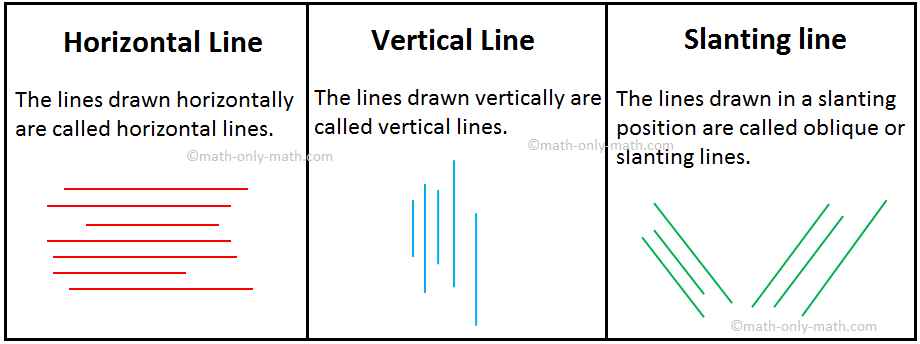

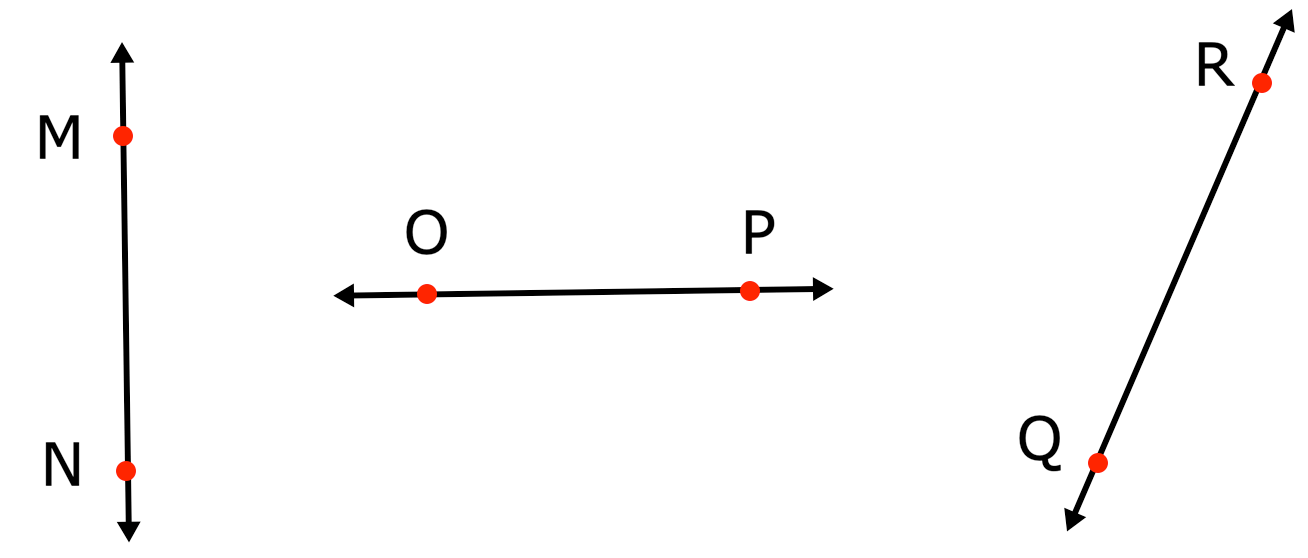
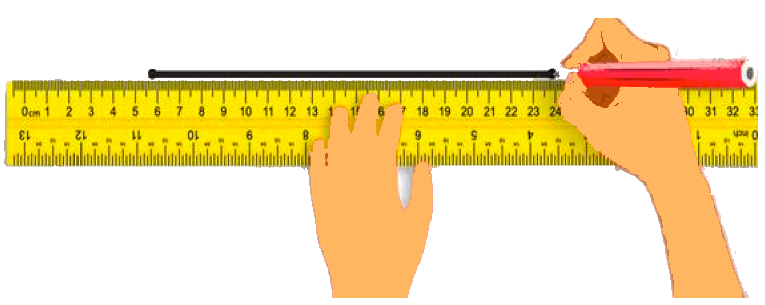
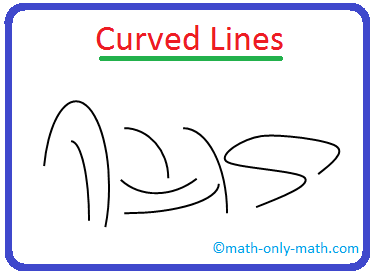




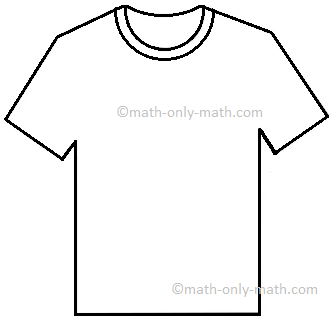

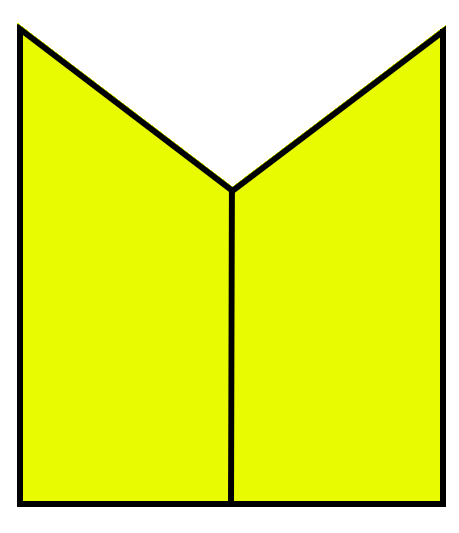
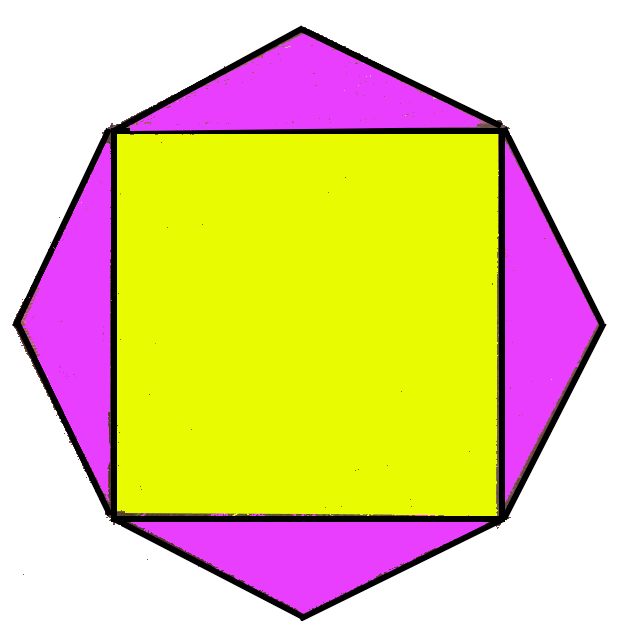

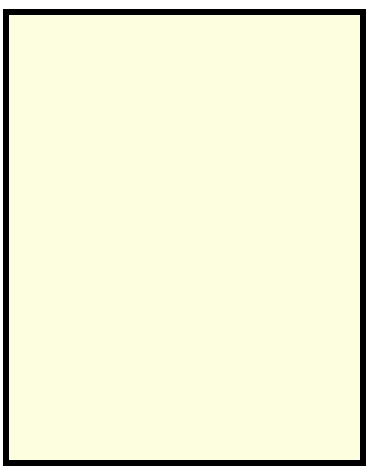
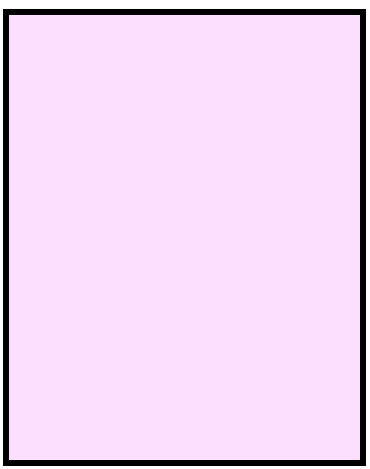
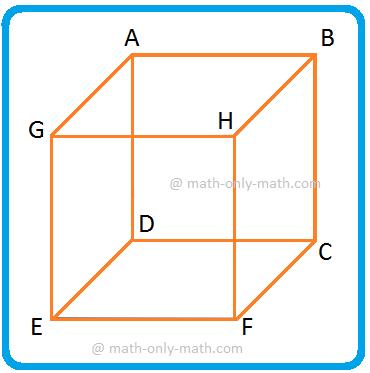


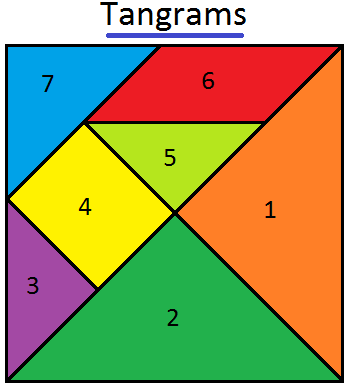
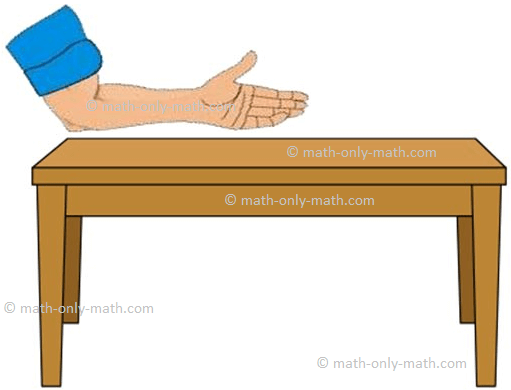

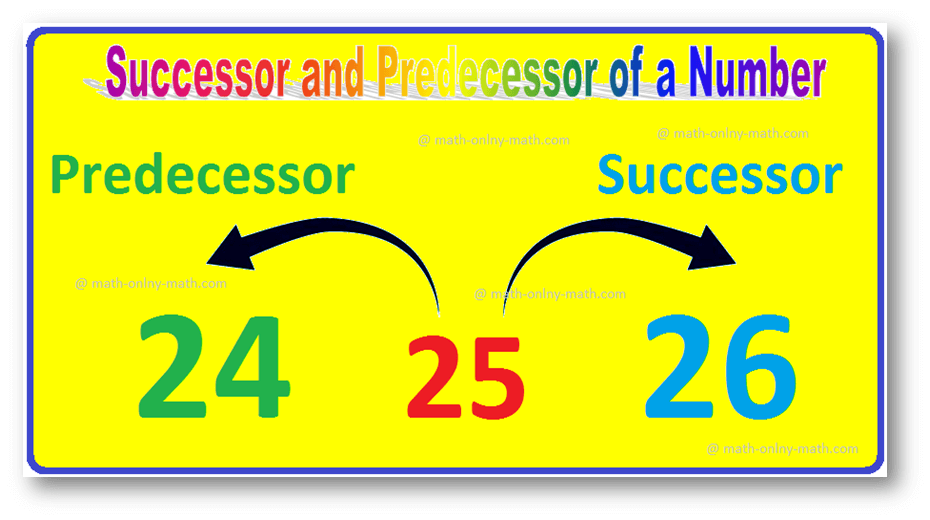




New! Comments
Have your say about what you just read! Leave me a comment in the box below. Ask a Question or Answer a Question.